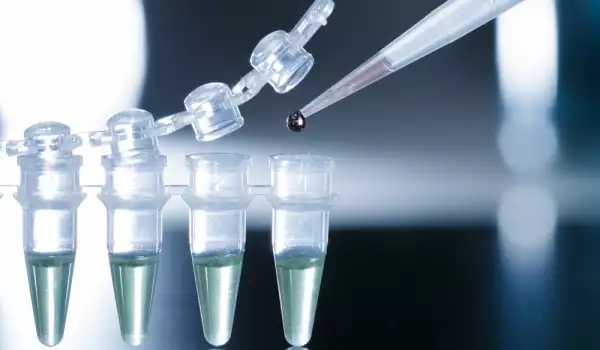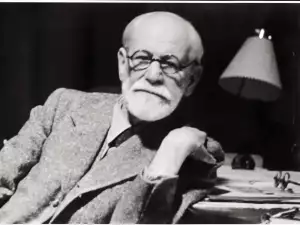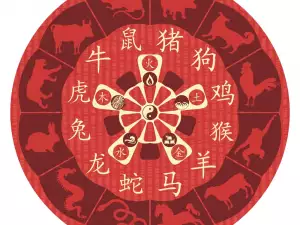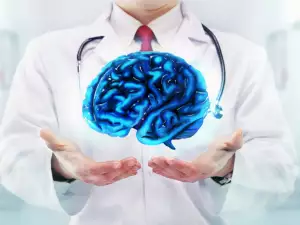Stem cells are an exceptionally important part of the human body. These are cells with a huge potential - they can transform into other specialized cells based on the needs of the body. Simply put, they can be thought of as an internal repair system for the body - to produce cells to replace older ones.
For example, a stem cell can turn into a cell with a more specialized function - a muscle cell, red blood cell, brain cell.
Stem cells are distinguished from other cells by the fact that even though undifferentiated, they are capable of renewing themselves through cell division, even after long periods of inactivity. Moreover, under certain physiological or experimental conditions, they can be induced to form a new tissue, even an organ, which makes them absolutely indispensable.
From the moment of birth, a person's blood contains about 1300 active stem cells, which constantly divide and regenerate the blood. Dutch scientists have found that the number of stem cells in the human body decreases over time and they eventually vanish.
In 2005, the researchers began studying the genes of a Dutch woman, who died at 115 years of age. The results showed that longevity depends on the ability of stem cells to maintain the daily process of tissue renewal.
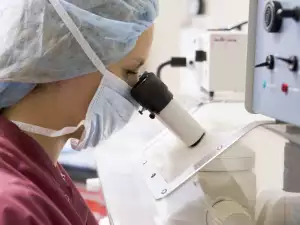
Analysis also showed that telomeres, the protective ends of chromosomes of stem cells in the blood, are sufficiently worn out. The telomeres get shorter throughout a person's entire life with each cell division and once they become too short, division of cells is no longer possible and they die. It is thought that the biological clock, which determines the death of the stem cells, lies indeed right there.
Stem cells are important to humans for many reasons. That is how a 3 to 5-day-old embryo (blastocyst) begins its development, when the fertilized egg cell starts to divide. Two identical cells (blastomeres) result during the first division, then there is another cell division and then another - the cells number 4-8-12 and so on. All of these cells eventually form the heart, lungs, skin, reproductive organs and others.
In some tissues of older individuals, for example in the bone marrow, muscles and brain, discrete populations of stem cells generate replacements for cells lost by normal wear and tear, injury or disease.
Thanks to their regenerative properties, stem cells offer new potentials for treating diseases such as diabetes and cardiovascular diseases. Of course, a lot of work is required in specialized laboratories so that these valuable cells can save human lives.
